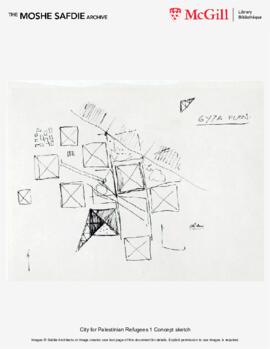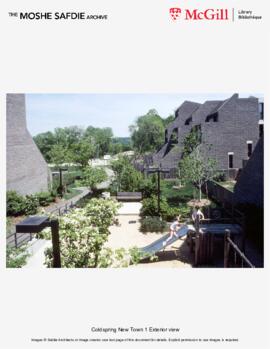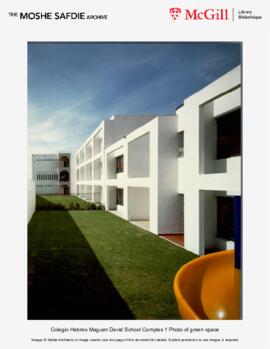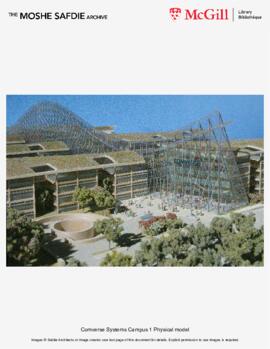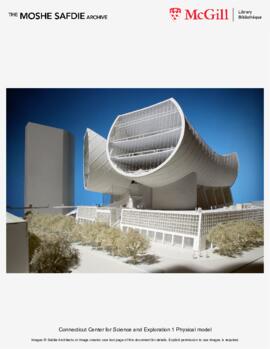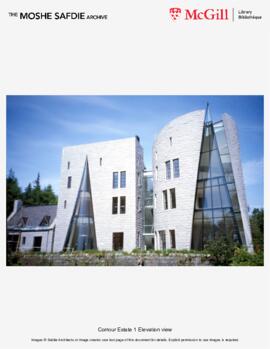Fonds consists of landscape drawings for the National Gallery of Canada, Ottawa, ON, 35 mm slides of 5 roof concept drawings for Library Square, Vancouver, BC (1992-1994 and undated). Includes:
Landscape drawings for the National Gallery of Canada:
Planting Plan of Plaza, (framed)
1:200; 29 August 1984, black-line base plan with colour pencil rendering
28 x 46 inches
Overall Conceptual Plan, (matted)
1:1000; 29 August 1984; black-line base plan with colour pencil rendering
30 x 38 inches (plan includes landscape design for Major's Hill Park)
War Museum Courtyard with Poplars, (matted)
1:200; August 1984; axonometric; pencil on vellum with colour pencil rendering1
8 x 30 inches
Master Landscape Plan, (unframed)
1:1000; 13 November 1984; black-line base plan with colour pencil rendering
33 x 47 and 1/2 inches
Concept sketches of the development of the planted roof at Library Square:
Library Square 'A',
1:200; 17 December 1992; marker on trace
14 x 23 inches
Library Square 'D',
17 December 1992; marker with colour pencil rendering on trace
14 x 23 inches
Library Square, Proposed Roof-Scape,
1:200; 18 January 1993; ink on trace
13 x 20 inches
Drawn by Elisabeth Whitelaw
Final Concept, Library Roof,
1:100; 30 May 1994; ink, coloured pencil, watercolour on trace
14 x 26 1/2 inches
Drawn by Elisabeth Whitelaw
Library Square, Roof Concept,
1:200; undated; marker, pencil, coloured pencil on trace
14 x 25 1/2 inches
Drawn by Cornelia Hahn Oberlander and Moshe Safdie
Three 35 mm slides of the roof (copies; originals by Elizabeth Whitelaw):
[Growing medium being taken to roof in bucket by crane]
[Blue and green fescues on roof, looking toward Federal Tower]
[View of Library showing planted roof]

